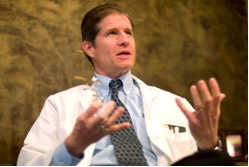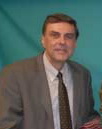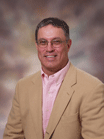Never look back.
That should be the motto of every outgoing president. You did the best that you could. You did what you thought was right. You gave it your all, but when the power changes, when the new world order takes shape, and when you fly off to your new life, it will be forever evident that what you did will not be what your predecessor will do. It will not be what you fought for, believed in, or worked so hard to accomplish. So, never look back; George W., Bill, George, Jimmy or Nick. It was what it was; it is what it is, and you can’t change either the past or the future. You can only go on with your life.
With the changing of the guard this week in Washington D.C., the entire process was very moving to me. Things that are being proposed seem so obvious, so clear, so amazingly right, but they too will most probably be disassembled almost before the door is closed on our next president’s final helicopter ride. The only worst situation would be if all of President Obama’s former loyal leaders would stay behind and make those disassemble decisions on the next inauguration day.
In the raw emotion of abstract observation, it dawned on me that, my time as a president is over, too and that change will happen as it is permitted to happen by the leadership left behind. It also became clear to me that my role should now be one of elder statesman not that of interfering has been.
“We built this city on rock ‘n roll” is a song that plays over and over in my head. In our case, we received international recognition because of the uniqueness of the institutional soul that evolved there. It was an open, progressive environment, but, more importantly, it was an environment filled with positive energy.
My role now as elder statesman is to offer advice only if asked, to realize that my time is indeed over as a president, and to help those who believe in what we once created to do the same for their organizations.
It is not to attempt to stop motion, no matter which direction it is flowing, but this part is damn hard, and I don’t have a library to focus on building.









